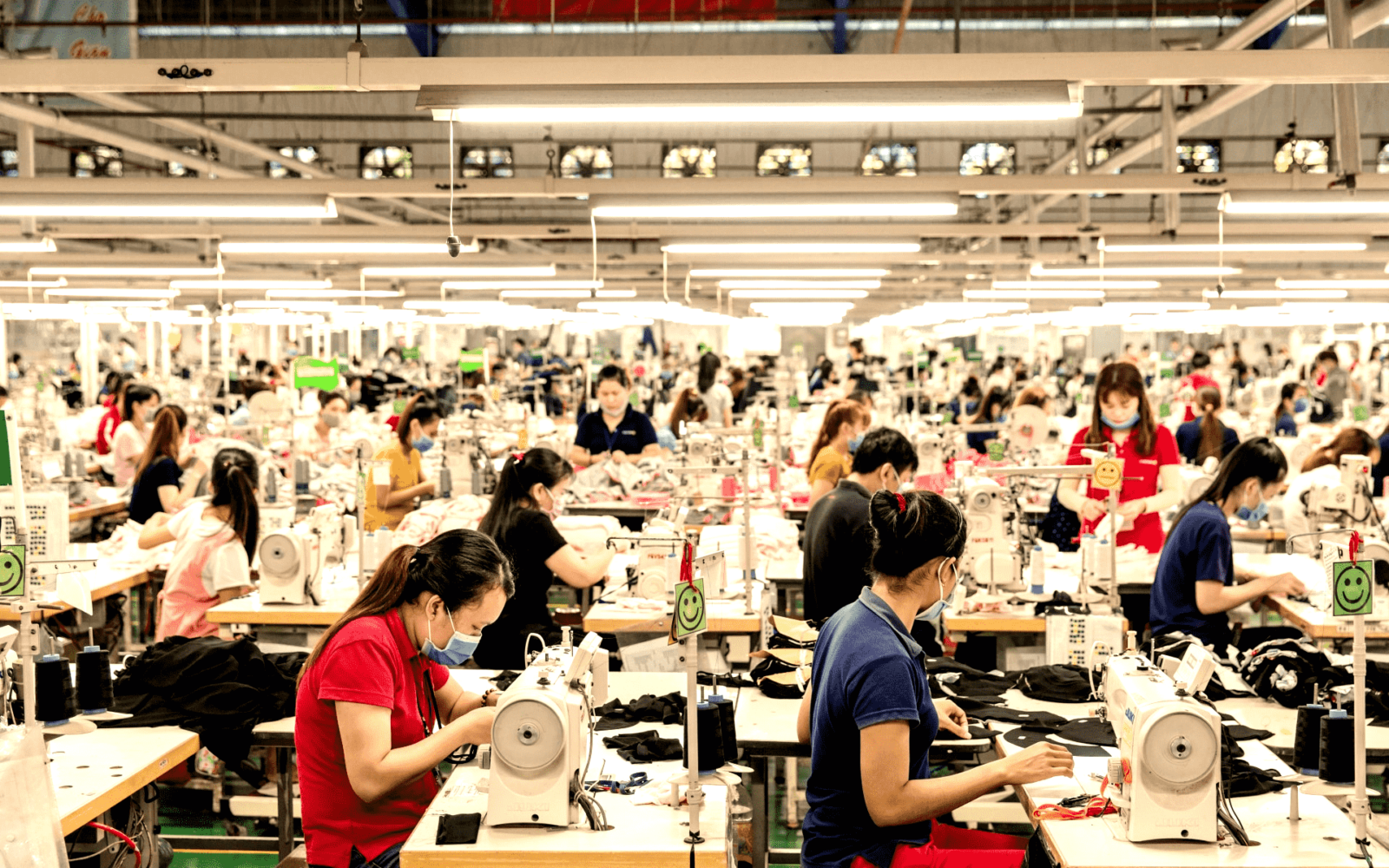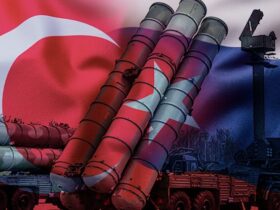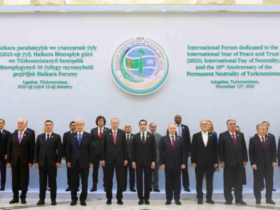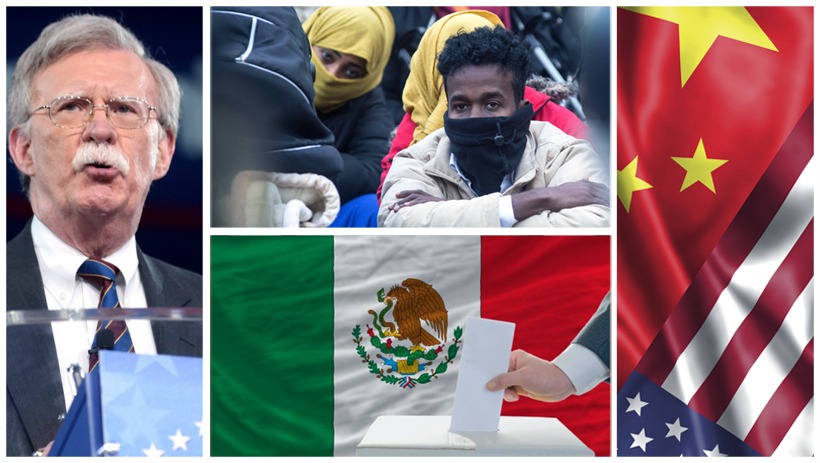The answer is to redefine competitiveness.
The answer is to redefine competitiveness.
By Mehmet Enes Beşer
Vietnam’s rise as a textile and garment behemoth has been nothing less than phenomenal. From a war-torn agrarian economy to being an emerging one of the world’s top apparel exporters, Vietnam has managed to attract the interest of global brands searching for low-cost manufacturing options beyond China. Its factories produce it all, from the fast fashion staples to high-performance sportswear, that goes to big-box stores throughout Europe, North America, and Asia. In 2023, the sector earned Vietnam more than $40 billion in export revenues, employed over 2.5 million people, and was a major source of its economic miracle.
Behind the export statistics and newspaper headlines is a less wealthy reality: the benefits of this growth have not trickled—nor flowed—to social welfare and upward mobility among the millions of workers who labor in the industry. The garment industry, despite still being predicated on low-wage manufacturing and thin profit margins, remains premised on low wages, lengthy hours, and very little security for workers. Vietnam is now a world leader in textiles, yet the workers whose labor makes this achievement possible are precariously situated, usually left out of the prosperity they create.
The source of the issue is the development strategy itself. Vietnam has followed a growth model based on cost competitiveness for the last two decades. It has attracted the lion’s share of foreign investors with low, abundant labor costs, and government policies have prioritized export promotion, tax incentives, and low regulation to keep the sector buzzing. All this has created employment, to be sure—but not quality employment. The average monthly wage in the garment sector is still less than $300, with few perks, little hope of advancement, and exposure to work hazards. For the vast majority of workers, especially young women emigrating from rural regions, the garment industry is an escape from rural poverty—but not a steppingstone to decent dignity or security.
Compounding this is Vietnam’s dispersed textile supply chain. Vietnam excels at cut-make-trim (CMT) operations but still relies heavily on foreign inputs for materials, machinery, and design. Value addition, branding, and innovation are left to foreign investors and global buyers. As a result, Vietnam captures only a negligible share of the final retail price of the garments that it produces. The structure restricts the profitability of the enterprise, squeezes wages, and discourages local reinvestment in technology and skill development. Briefly, Vietnam makes more but keeps less.
There is also the question of workers’ rights. While Vietnam has made progress on paper—ratifying key International Labor Organization (ILO) conventions and drafting new labor codes—implementation is spotty. Free unions are rare, and collective bargaining doesn’t yet exist. Without genuine worker representation, the risk of exploitation looms, especially during economic downturn or when global brands shift sourcing strategies in the quest for still lower costs elsewhere. The COVID-19 pandemic exposed these weaknesses, as thousands of textile workers were dismissed without adequate severance or safety nets.
To ensure the textile sector contributes to national prosperity in a more positive way, Vietnam must make the shift now to a more sustainable and inclusive industrial model. This requires some basic transformations—none of them easy, but all of them necessary.
First, Vietnam must prioritize its upgrading of value chain. That is, from assembly to integrated production, i.e., fabric manufacturing, textile design, and branding. R&D investment, technology transfer, and SME development in the vicinity can facilitate local firms to capture more value created. Policy, instead of focusing solely on FDI attraction, needs to seek that such investment is accompanied by knowledge spillovers and supplier development.
Second, labor policy must shift from compliance to empowerment. Minimum wages must increase, but no less valuable is the establishment of workers’ capacity to organize, bargain, and represent themselves. Vietnam must accelerate the creation of independent unions and ensure that grievance systems are open, equitable, and in place. Labor rights aren’t just an ethical imperative—an economic imperative. Empowered workers are more productive, more committed, and more shock-resistant.
Third, the industry must embrace sustainability—not only environmental but social. As more consumers call for ethics in the supply chain, Vietnam can be at the forefront of sustainable sourcing. That would entail promoting green production habits, transparent labor practices, and community engagement. A “Made in Vietnam” label shouldn’t only signify cheap—it should signify fair, quality, and sustainable. That would give Vietnamese makers a competitive edge that doesn’t rely solely on price.
Conclusion
Vietnam’s clothing industry has put the country squarely in the international economic spotlight. But now the time has come to ask a more basic question: success for whom? If export growth is based on repressed wages, weak labor standards, and foreign dependence, then it is an uncertain success-one subject to revision under shifting market forces and increasing ethical pressures. A clothing industry that does not raise its employees, enrich its communities, or contribute to its national capabilities cannot be sustained in the long term.
The answer is not to avoid competitiveness, but to redefine it. Vietnam can be a vital source of world apparel manufacturing—but no longer because it’s the cheapest. It must be the smartest, the most socially responsible, the most visionary. That requires bold policy innovation, savvy investment, and a new social contract among capital, labor, and state.
The men and women sewing the seams, sewing the shirts, and boxing the exports are more than variables in a global supply chain. They are parents, students, citizens, and dreamers. They deserve better than short-term labor contracts and subsistence wages. They deserve a textile industry that honors their work, protects their rights, and shares the wealth that they help to generate.
Vietnam has proven that it could conquer the world in garment export. It must now conquer the world in garment dignity. And that, at last, shall be the touchstone of genuine development.

















Leave a Reply